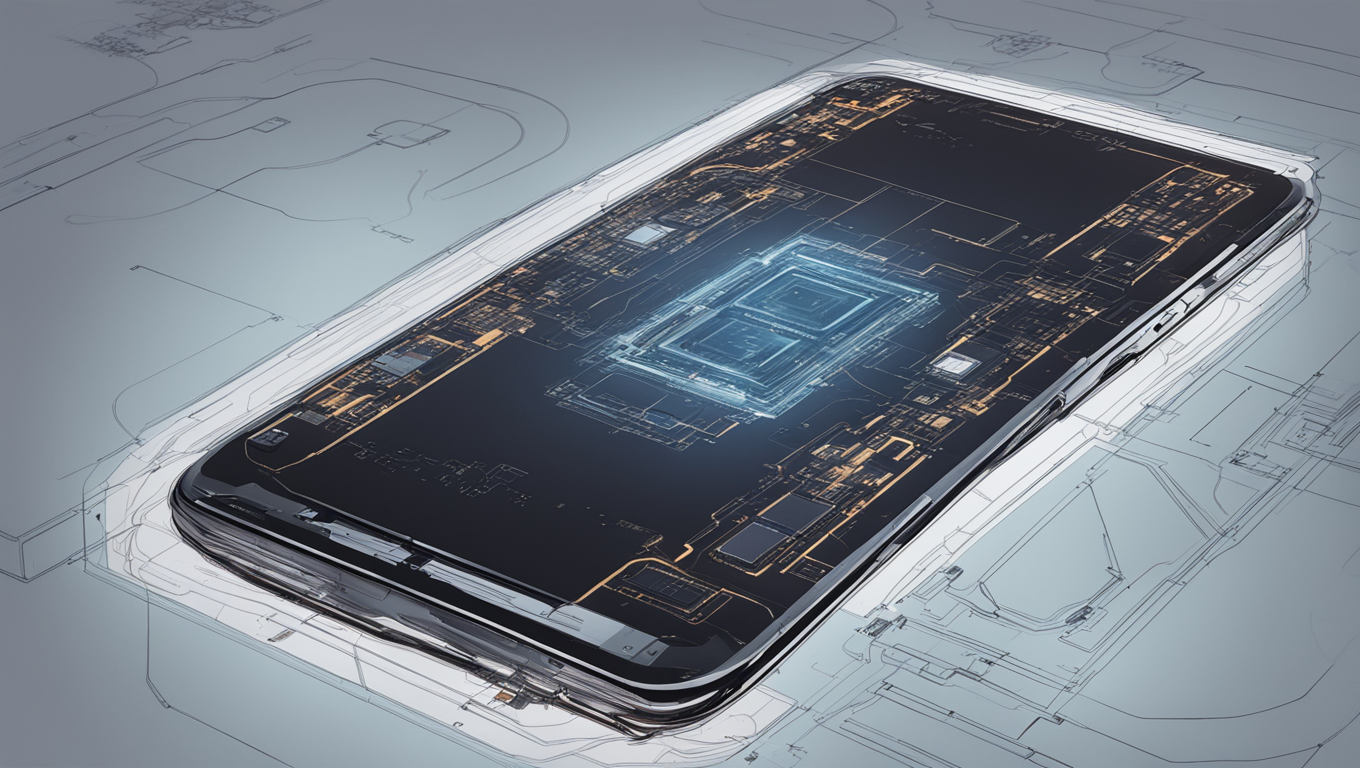In a surprising move last year, the US Patent and Trademark Office (USPTO) implemented a ban on the use of generative artificial intelligence (AI) for any purpose. The decision was based on concerns surrounding security and the potential for bias, unpredictability, and malicious behavior exhibited by some AI tools.
According to an internal guidance memo obtained by WIRED, Jamie Holcombe, the chief information officer of the USPTO, stated that while the office is “committed to pursuing innovation within our agency,” they are still working on bringing generative AI capabilities into the office in a responsible manner. Despite the ban, USPTO employees are permitted to use state-of-the-art generative AI models within the agency’s internal testing environment.
Paul Fucito, press secretary for the USPTO, clarified that employees are barred from relying on AI programs like OpenAI’s ChatGPT or Anthropic’s Claude for work tasks outside of the testing environment. The ban also extends to any outputs generated by AI, such as images and videos. However, USPTO staff can utilize approved AI programs within the agency’s public database for searching registered patents and patent applications.
The USPTO, an agency within the Department of Commerce, is responsible for protecting inventors, awarding patents, and registering trademarks. The agency also advises the president, the secretary of commerce, and other government agencies on intellectual property policy and enforcement.
Jamie Holcombe, the author of the guidance memo, acknowledged the challenges faced by the government in adopting new technologies at a Google-sponsored event in 2023. He expressed frustrations with bureaucracy and processes that hinder the government’s ability to rapidly adopt innovations like AI.
The USPTO is not the only government agency to implement restrictions on the use of generative AI. Earlier this year, the National Archives and Records Administration prohibited the use of ChatGPT on government-issued laptops. However, the agency later hosted an internal presentation encouraging employees to view Google’s Gemini as a co-worker. The National Archives is also planning to release a public chatbot for accessing archival records, developed with Google’s technology.
Different government agencies have taken varying approaches to generative AI. For instance, the National Aeronautics and Space Administration (NASA) has banned the use of AI chatbots for sensitive data but has embraced the technology for tasks such as writing code and summarizing research. NASA is also collaborating with Microsoft on an AI chatbot that can aggregate and make satellite data easily searchable for its scientists and researchers, with the aim of democratizing access to spaceborne data.
The ban on generative AI by the USPTO raises important questions about the role of AI in government agencies and the challenges they face in adopting new technologies. While concerns about security and bias are valid, it is essential for agencies to find ways to harness the potential of AI while ensuring responsible use. As advancements in AI continue, it is likely that we will see further debates and policies surrounding its implementation in government sectors.





Use the share button below if you liked it.